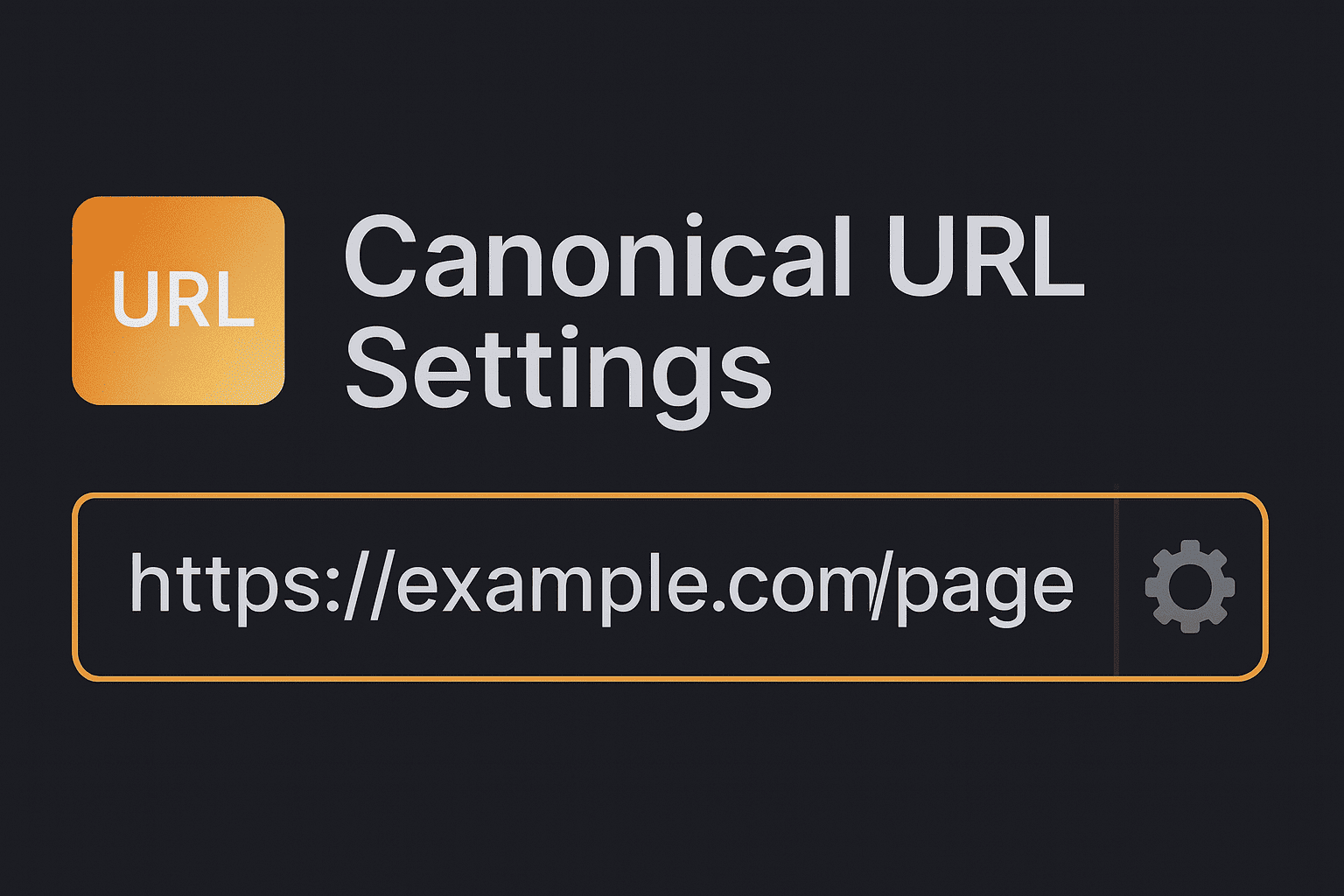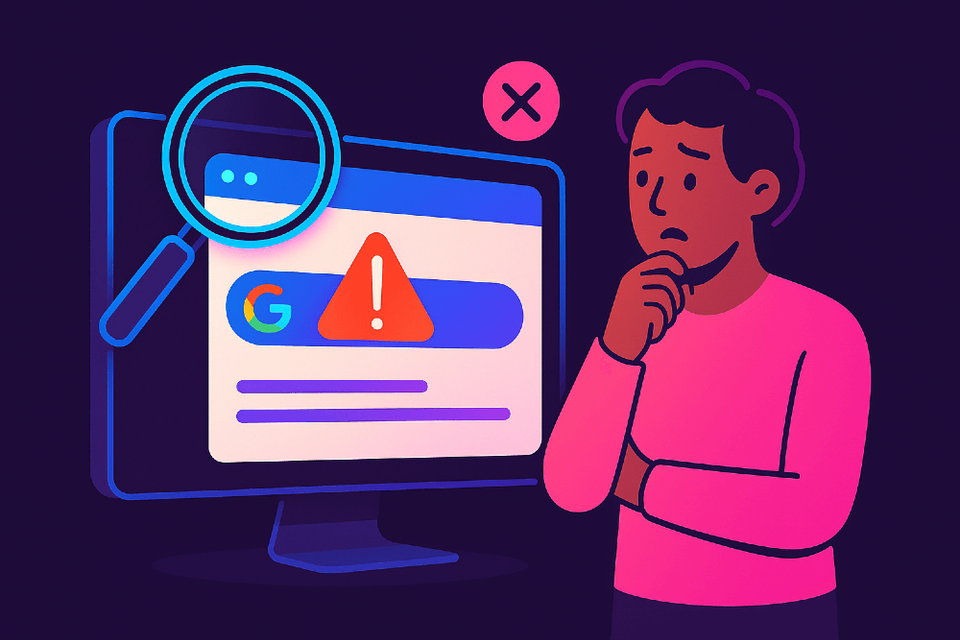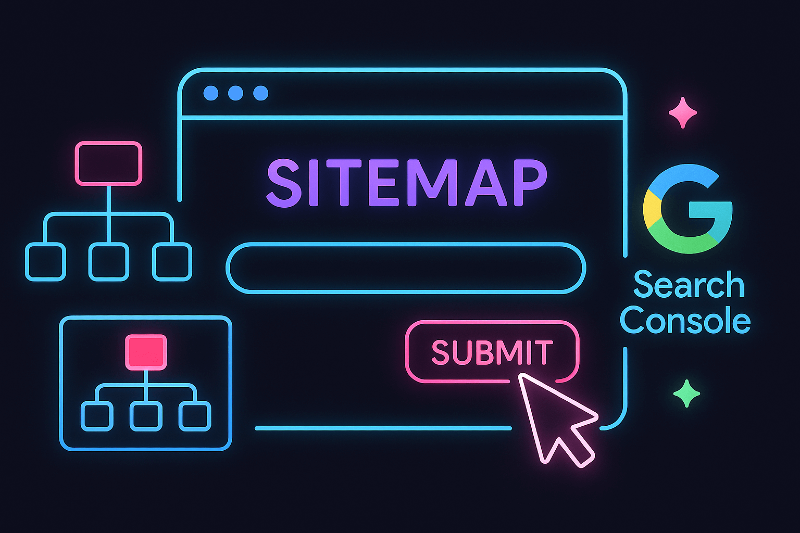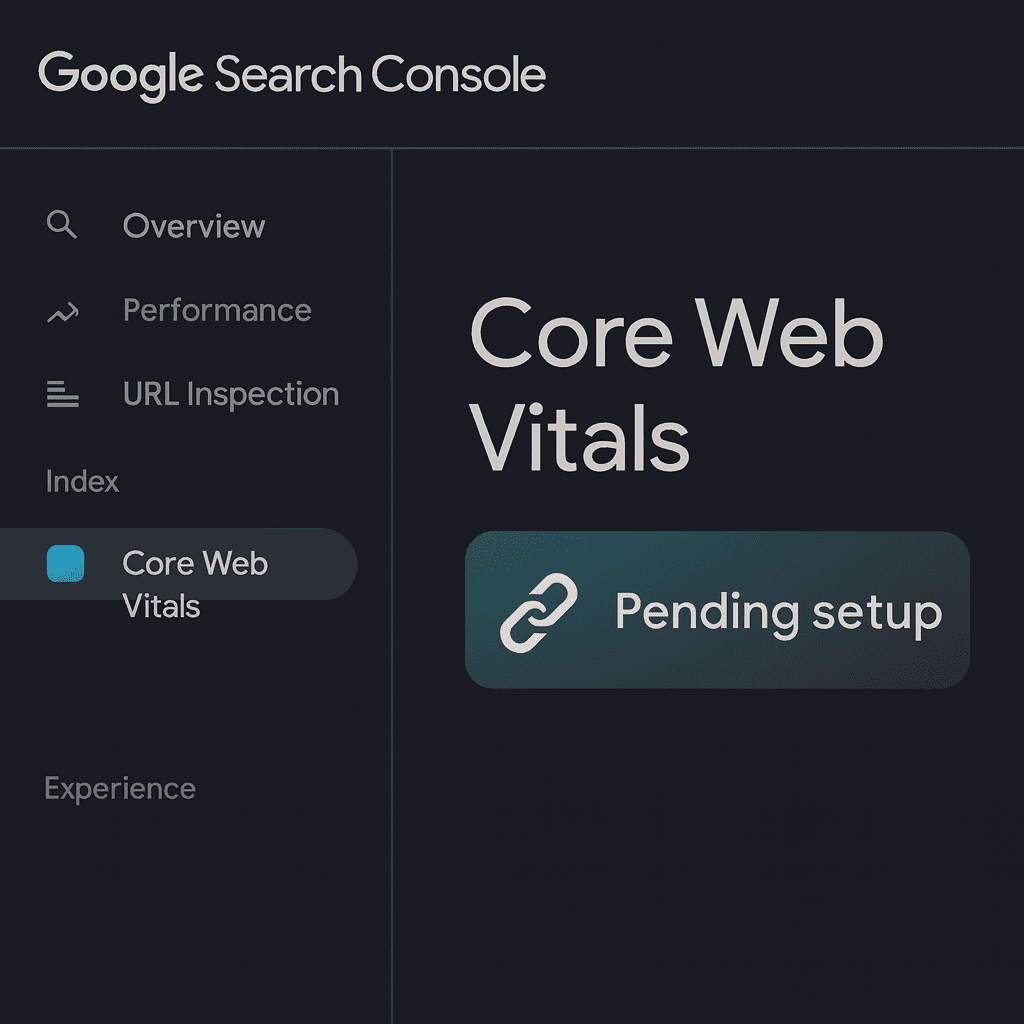What is a Canonical URL | Module 2.1
Learn what a canonical URL is, why it matters for small sites, and how to set it up to avoid duplicate content issues.

Why It Matters for Small Sites
Ever notice that the same page on your website can show up with slightly different URLs? For example:
- yourbusiness.com.au/
- yourbusiness.com.au/index.html
- yourbusiness.com.au/?ref=facebook
They all point to the same place, but to Google, they might look like separate pages. That's where a canonical URL comes in. It tells search engines: "This is the main version of the page." Here's why that matters for small sites—and how to use it.
Step 1: Understand the Problem
Do this: Check if your site has multiple versions of the same page. Type a few variations into your browser (with/without "www," with tracking tags like ?utm_source=).
Check this worked: If the page loads in several different ways but looks identical, you've found duplicates.
Why this matters: Search engines may split ranking power between those duplicates, which weakens your SEO.
Step 2: Learn What a Canonical Tag Does
Do this: Think of a canonical tag as a signpost in your site's code. It points search engines to the "official" version of a page. The code looks like this:
html
<link rel="canonical" href="https://yourbusiness.com.au/page-name/" />Check this worked: If you view your page source (right-click → "View Page Source"), you should see a <link rel="canonical"> tag.
Why this matters: This tells Google which version of your page should be indexed and ranked.
Step 3: Set Canonicals on Key Pages
Do this: Work with your developer (or use your CMS/SEO plugin) to set a canonical URL for important pages like your homepage, services, and products. Don't panic if you're not technical—most CMSs like WordPress, Shopify, or Squarespace handle canonicals automatically. Just double-check important pages.
Check this worked: Each of those pages should now have a single, consistent canonical tag pointing to the main version.
Why this matters: It stops Google from treating duplicates as separate content, protecting your search rankings.
Step 4: Avoid Common Mistakes
Do this: Keep these simple rules in mind:
- Always point canonicals to the cleanest version of the URL (no tracking codes or session IDs)
- Don't point every page to your homepage—that confuses Google
- Make sure the canonical matches the page's content
Check this worked: If the tag points to the same page (just the clean version), you're set.
Why this matters: Incorrect canonicals can do more harm than good, so it's worth getting this step right. For example, an online store might have the same product under two categories. The canonical tag tells Google which one is the main page.
Step 5: Test with Google Search Console
Do this: In Google Search Console, use the URL Inspection tool. Paste in a page URL and check the "User-declared canonical" vs "Google-selected canonical."
Check this worked: If they match, you're good. If they don't, Google has chosen its own version, which may mean your tag isn't clear enough.
Why this matters: This gives you direct feedback from Google, not just guesswork.
Quick Win Summary
A canonical URL simply tells Google which version of your page is the main one. For small sites, this is a quick win to protect your rankings, avoid duplicate content issues, and make sure your best pages get full credit in search.
FAQ
Do I always need to set canonical tags manually? Not always. Most website builders (WordPress, Shopify, Wix, Squarespace) set them automatically, but you should still double-check your main pages.
What's the difference between a 301 redirect and a canonical tag? A 301 redirect forces users and search engines to one URL. A canonical tag suggests which version is preferred, but keeps duplicates accessible.
What happens if I don't set a canonical URL? Google may index duplicate pages separately, splitting your ranking power and hurting SEO.
Can I use canonicals across different websites? Yes, this is called a cross-domain canonical—useful if you syndicate blog posts or share content with partners.
Flat Site Structure for SEO: Why It Matters
What is a CMS and How It Helps with SEO
← Module 1: Make Sure Google Can See You
→ Module 3: Keyword & Content Planning (coming soon)



